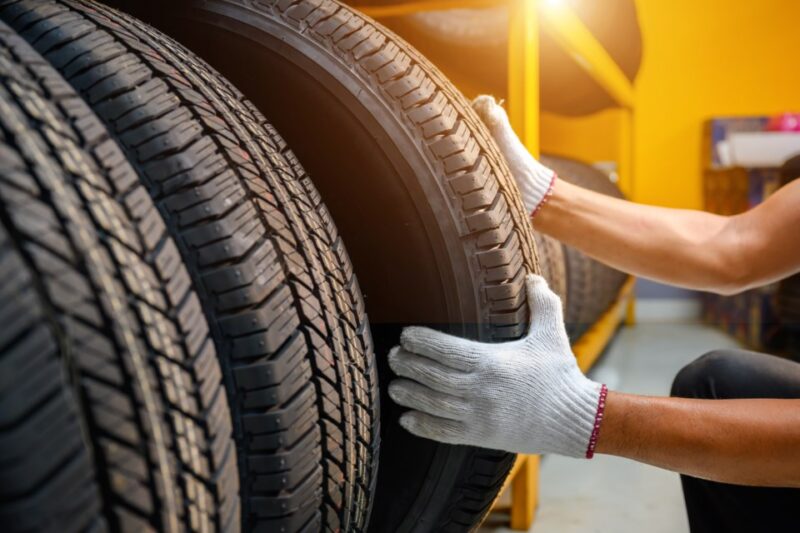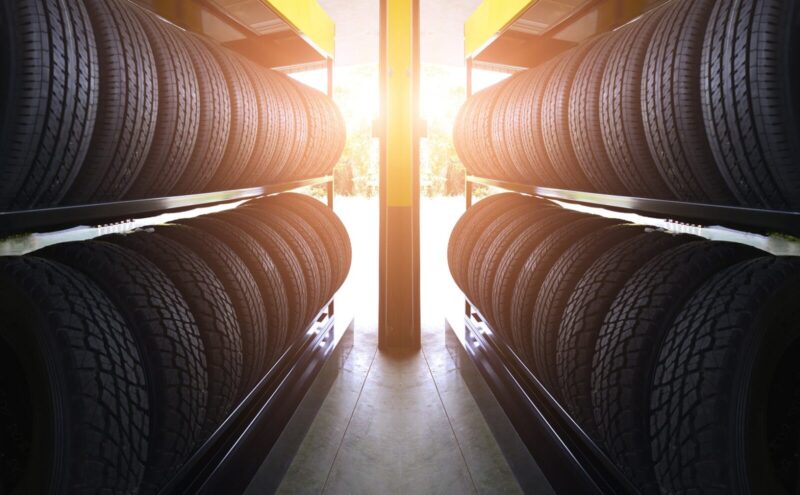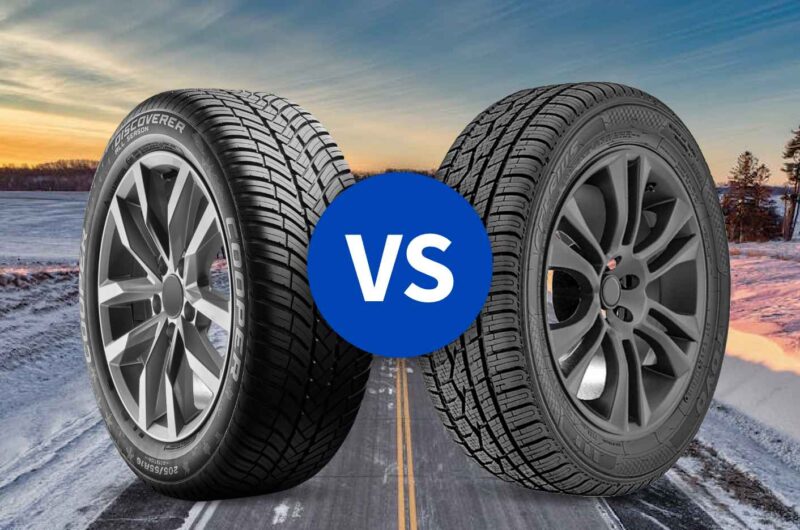Choosing between winter and all-season tires can feel like trying to pick the perfect pair of shoes for unpredictable weather. Do you go all-in for snow boots, or stick with versatile sneakers that can handle most days? Let’s get straight to the point and figure out what works best for your vehicle.
Key Points:
- Winter tires provide superior traction on snow and ice.
- All-season options balance performance across varied conditions.
- Climate and driving habits influence your choice.
- Winter tires are mandatory in some regions.
- Investing in the right set can save you money and stress.
Why Winter Tires Shine in Snowy Conditions

Winter tires are purpose-built for cold weather. Their rubber compound stays soft even when temperatures drop below freezing. This gives them a better grip on icy or snow-packed roads. The deep tread pattern helps push slush aside and reduces the risk of slipping.
For those living in snowy regions like St. Catharines, winter tires are essential. Winter tires in St. Catharines ensure safety and help maintain control, especially on icy roads. Their specialized tread design and rubber compounds remain flexible in freezing temperatures, offering superior traction where all-season options may fail.
All-Season tires: The Jack-of-All-Trades
All-season tires are designed for versatility. They perform decently in most conditions, including light snow, rain, and dry roads. They’re perfect for areas where winters aren’t severe, and snow doesn’t linger for weeks.
However, all-season options often struggle in extreme cold or heavy snowfall. Their rubber can stiffen in freezing temperatures, leading to less grip. If you’re in a region where winter weather is mild, they’re a practical choice that saves you from swapping sets each year.
When to Choose Winter Over All-Season?
Here’s a quick breakdown:
- Climate – Live in an area with heavy snowfall or icy roads? Winter tires are a no-brainer.
- Frequency of Snowfall – Occasional flurries? All-season might be enough.
- Legal Requirements – Some regions mandate winter rubber during colder months.
- Storage Space – Have room to store a second set? Go for winter tires.
- Budget – Winter tires are an investment but can save you money on accidents or wear-and-tear.
How to Maintain Both Sets of tires

Proper care ensures durability for both options:
- Clean Regularly – Remove salt and grime after winter to prevent corrosion.
- Rotate Seasonally – Use winter tires only during the snowy months to avoid premature wear.
- Inspect Tread Depth – Worn tread compromises safety.
- Store Properly – Keep unused sets in a cool, dry place.
FAQ: Answers You Didn’t Know You Needed
Do winter tires wear faster in warmer weather?
Yes, they’re softer and will degrade quickly on hot pavement.
Can all-season options handle ice?
Not effectively. They lack the grip needed for safe driving on icy roads.
Are snow chains better than winter tires?
Chains are a temporary solution. Winter tires are better for consistent safety.
How do I know when to switch sets?
Change to winter tires when temperatures drop below 45°F. Swap back in spring.
Do I need to replace all four tires?
Yes, mixing sets can make your vehicle unstable and unsafe.
Final Advice: What’s the Right Choice?

Consider your location, the intensity of winter, and how often you drive. If snow and ice dominate your winters, winter tires are your best bet. For moderate climates, all-season options might work. No matter your decision, prioritize safety and make the switch at the right time.


